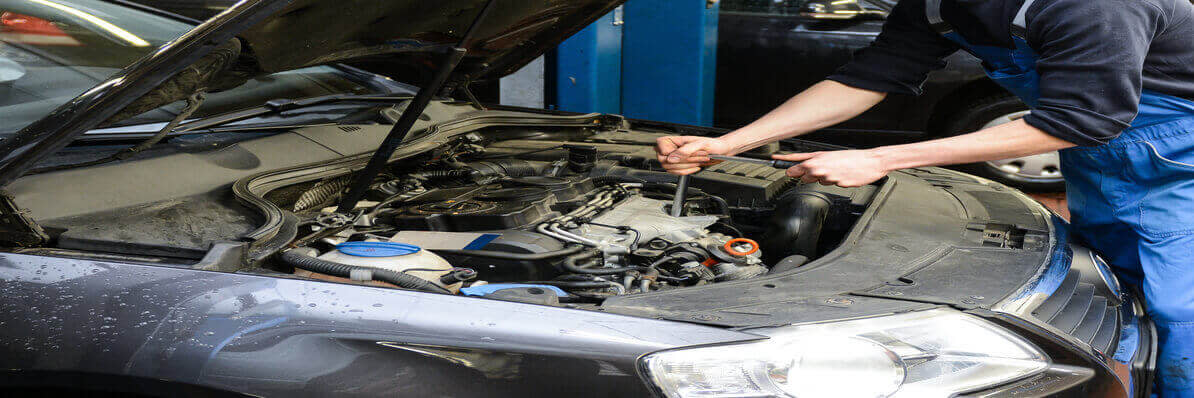Make way for the new MOT
From 20th May, 2018, how the MOT records test results, as well as how it will be set out, will be changing. We look into the six major changes to the legislation.
The changes are being introduced as part of the EU Directive 2014/45, which comes into force on 20th May, 2018. Even though the UK voted to leave the EU on the 23rd June, 2016, as we will still be an EU member on 20th May – when the directive comes into force – the Government could be fined substantially if it doesn’t introduce the changes. Furthermore, a vehicle that does not conform to the EU MOT Directive could not be allowed into other EU countries.
As Neil Barlow, Head of MOT Policy at the Driver and Vehicle Standards Agency (DVSA), explains: “although the basic essence the MOT is staying the same, there will be some changes to content.” This comes down to six changes, which are intended to make MOTs easier to understand and closer to environmental standards.
1. Defect categories
Perhaps the biggest change for the MOT is the way faults and failings will be categorised. Intended to help you, as a customer, understand what you need to do to keep your vehicle on the road easier, results to tests will be categorised as the following:
2. MOT Certificates and MOT History
The design of the MOT certificate is going to change so that it will list any defects under the new categories, so they’re clear and easy for drivers to understand.
The ‘contingency testing’ certificated will also be updated. They will be downloaded from the MOT testing service. This is because they’re automatically filled in with your MOT centre details.
Similarly, the service where you can check MOT history of a vehicle online will reflect the new defect categories, mirroring the certificates.
You can see sample versions of the MOT test pass certificate (VT20) and MOT refusal of an MOT test certificate (VT30).
3. Diesel vehicle emissions
There are stricter limits for emissions from diesel cars with a diesel particulate filter (DPF). Vehicles will be tested to the manufacturer’s plate value (when present), or a new lower default limit for newer vehicles.
Vehicles can also be given a major fault with these tests if:
There is smoke of any colour coming from the exhaust
There is evidence that the DPF has been tampered with
4. MOT inspection manual
The MOT inspection manual will have more sections, with the order of the sections changing around.
The inspection manual will have all the details of:
New, changed or removed failures
New, changed or removed checks
Improved or changes information
The new MOT inspection will be a browsable website format, which will be easier to use and navigate than previous versions.
5. Vehicle classifications
To align with European type-approval categories, vehicle categories will change on the new MOT certificates, although the old classifications will be used for the time being.
All cars will be ‘M1’, all goods vehicles in scope of the MOT test (up to 3,500kg deigns gross weight (DGW)) will be ‘N1’
See here where the vehicle classifications can be found.
6. Historic vehicles
Vehicles that are over 40 years old and have not been substantially changed in the previous 30 years won’t need to have an MOT.
Currently, only vehicles first built before 1960 are exempt from needing an MOT, but when the rules change on 20th May, 2018, any vehicle registered before 20th May, 1978 wont need an MOT.
Each time they tax their historic vehicle (even if they don’t pay a fee), drivers will have to declare if meets the rules for not needing an MOT.
However, you will still need to keep your vehicles in a roadworthy condition. Otherwise, you can be fined up to £2,500 and get three penalty points for using a vehicle in a dangerous condition.
Conclusion
So while the changes to the MOT may take some getting used to, overall they are there to ensure that we are all being environmentally conscious and should make understanding faults in your vehicles easier to understand and act upon.
One way to guarantee you will save money on your MOTs is to use our Service+ platform, offering you savings across all your service, maintenance and repair needs. You can find out more here about ServicePlus.
